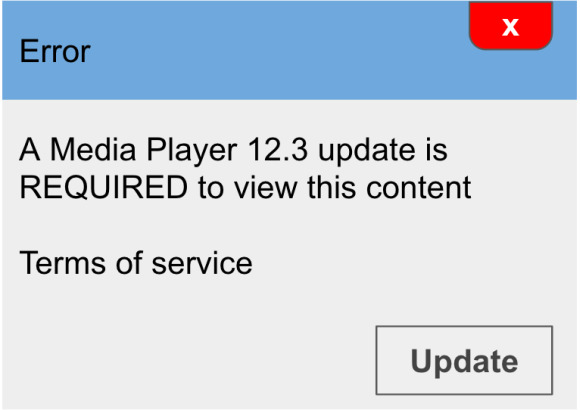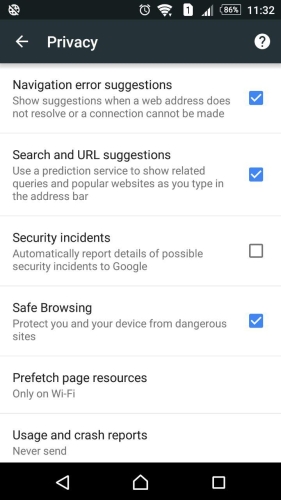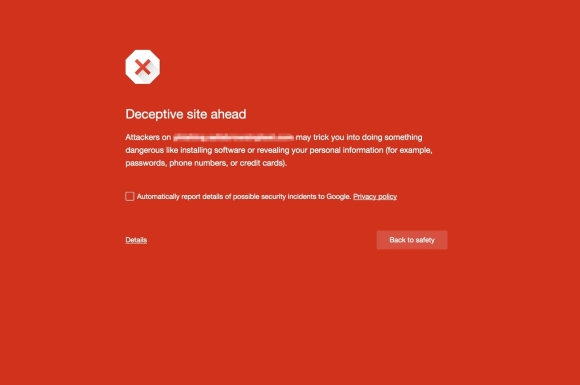You know when you’re looking to download something and there are too many “download” buttons? Yeah, those times. Google has your back and they’ll let you know when you encounter those pesky links on their browser through its Safe Browsing update.
These malicious ads usually trick you and once you’ve clicked, it’ll likely install malware and steal your data. They refer to this as “social engineering attacks”.
Adding to their social engineering policy that was announced four months back, embedded ads on pages will be considered as social engineering if they fall under the two listed below:
Pretend to act, or look and feel, like a trusted entity – like your own device or browser, or the website itself.
Try to trick you into doing something you’d only do for a trusted entity – like sharing a password or calling tech support.
In the case that the two occur, a warning page will let you know that you might be duped.
Here are some examples:


For those who are worrying about “Safe Browsing”, you’ll be happy to know that by default, the option is turned ON. If you need to be assured of the settings, head to Chrome and follow the steps below:

Mobile
Click the three vertical dots on the top right > Settings > Privacy > make sure “Safe Browsing” is ticked.
PCs
When using Chrome on your computers, the algorithm will automatically remove them.







